Trump Unveils Plan to Impose New Tariffs on Trade Partners
US President Donald Trump is intensifying efforts to target countries with new tariffs, aiming to counter what he sees as unfair trade practices.
New Tariff Plan in Motion
On Thursday, Trump signed a memo directing his administration to craft custom tariffs for various countries. These tariffs will be based on factors such as existing tariff rates, currency exchange policies, trade balances, and other economic regulations.
The White House emphasized that foreign tariffs were not the sole concern. Instead, officials pointed to additional policies, particularly those of the European Union, which they claim place American exporters at a disadvantage.
While many details remain unclear, this move is expected to spark fresh trade negotiations worldwide.
Which Countries Could Be Affected?
The memo orders officials to present a plan for "reciprocal trade and tariffs" within 180 days. Commerce Secretary nominee Howard Lutnick stated that his team would deliver the proposal to the president by April 1.
Trump has framed these so-called reciprocal tariffs as a way to encourage investment in the US and revitalize domestic manufacturing.
“If you build your product in the United States, there are no tariffs,” Trump declared. “In almost all cases, they're charging us significantly more than we charge them, but those days are over. This should have been done long ago.”
Besides the European Union, the proposed tariffs could significantly impact trade relations with India, Vietnam, and Thailand. These countries maintain relatively high tariff rates and rely heavily on US markets for exports.
The announcement came just before Trump met with Indian Prime Minister Narendra Modi, who has already taken steps to lower tariffs on key products such as motorcycles—a topic Trump frequently raised in his first term. However, Trump reaffirmed his stance at a joint press conference, stating, "Whatever India charges us, we charge them."
Officials in Vietnam and Thailand have also indicated they are reviewing trade policies in response to Trump’s initiative.
Ahead of the announcement, the European Union reaffirmed its commitment to a strong trade partnership with the US.
“We will continue to seek constructive engagement,” said Olof Gill, the EU Commission’s trade spokesperson. “At the same time, we stand ready to protect our interests.”
Understanding Reciprocal Tariffs
Tariffs are taxes imposed on imported goods, which are paid by the importing company and collected by the government. Countries often use tariffs to protect specific industries from foreign competition.
Historically, the US has been a strong advocate of free trade, keeping its tariffs relatively low—except for certain sectors like footwear and, more recently, steel and aluminum. According to the World Trade Organization (WTO), the US maintains an average tariff rate of 3.4%, compared to Europe’s 5%.
The White House highlighted disparities in tariff rates, pointing out that US-made cars face a 10% tariff in Europe, whereas European cars entering the US are subject to only a 2.5% tariff. Similarly, Brazil imposes an 18% tariff on ethanol imports, while the US charges only 2.5%.
Trump’s administration is also targeting trade policies beyond tariffs, including digital service taxes imposed by countries like Canada and the UK, which affect US-based tech giants. Additionally, they have raised concerns about Europe’s Value Added Tax (VAT) system, a form of sales tax.
These issues could also pose trade risks for the UK. Duncan Edwards, CEO of BritishAmerican Business, emphasized the importance of fair tariff calculations.
“Our hope is that the UK's open market and balanced trade with the US will mitigate the impact of this policy, but nothing should be taken for granted,” he warned.
Economic Impact of the Tariff Strategy
Trump’s tariff initiative follows a series of trade policy shifts from the new administration. Earlier this week, he ordered a 25% tariff on all steel and aluminum imports, revoking exemptions for the European Union, UK, and Brazil. This measure will take effect next month.
Additionally, Trump raised tariffs on all Chinese imports to 10% and threatened a 25% tariff on imports from Canada and Mexico—though that plan is on hold until March.
Following Trump’s announcement, US stock markets rose, as no immediate tariffs were enacted. However, market analysts remain cautious.
“Trump’s rapid-fire tariff moves have unsettled Wall Street, which dislikes uncertainty,” said John Cassidy, CEO of Red Cedar Investment Management. Nonetheless, he believes Trump has a strong negotiating position.
Economists remain divided on the long-term impact of these tariffs. Alex Durante from the Tax Foundation warned of potential trade wars, arguing that tariffs increase costs for US firms and invite retaliation from other nations.
“I think we’re gradually moving toward more tariffs and escalating trade tensions,” he noted, adding that the US previously had opportunities to address these issues through multilateral agreements like the Trans-Pacific Partnership, which Trump withdrew from in his first term.
Trump has downplayed concerns about potential economic fallout, insisting that his policies will bolster domestic manufacturing.
“Jobs will go up,” he stated. “Prices may rise slightly in the short term, but they will come down.”
However, public opinion remains skeptical. A recent Marquette Law School poll found that only 24% of Americans believe tariffs will benefit the economy. Among political groups, just under half of Republicans, 12% of Independents, and 4% of Democrats expressed support for tariffs.
“The real question is whether these tariffs will drive up inflation and consumer prices,” said Charles Franklin, director of the poll. “The fairness argument resonates with some, but price increases are much harder to justify.”









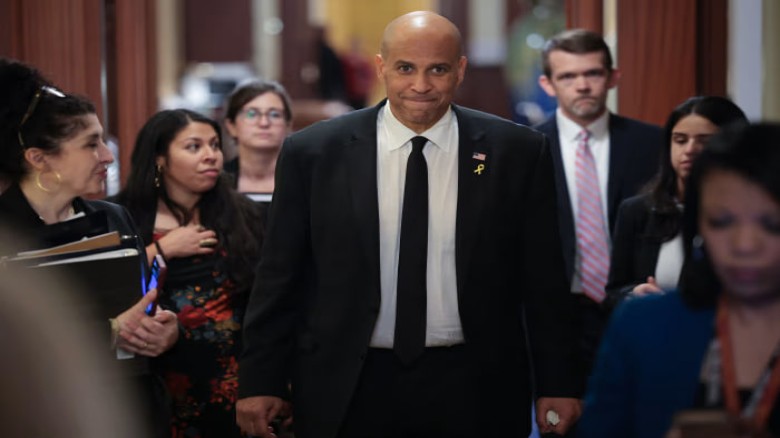




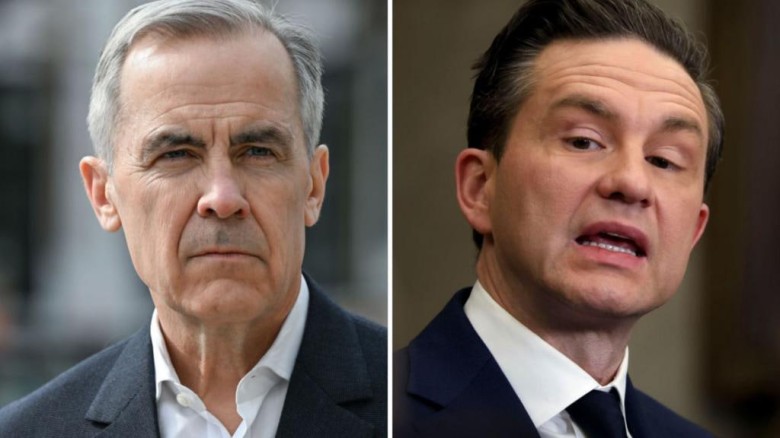
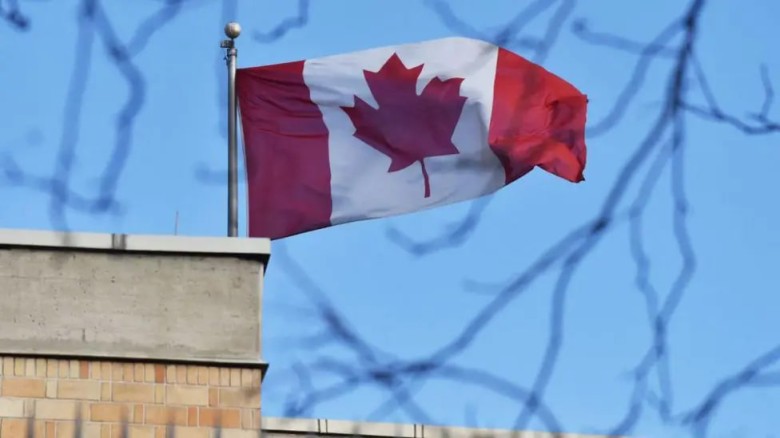
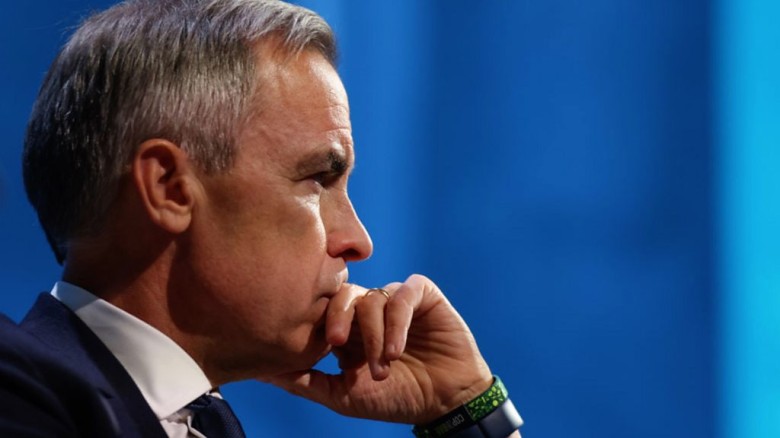

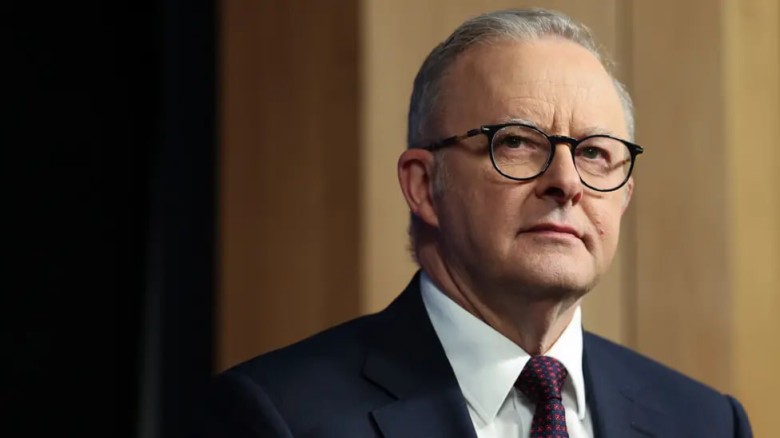





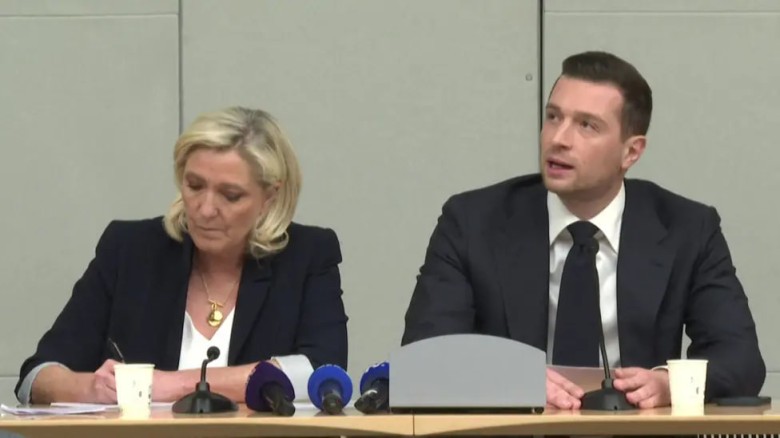









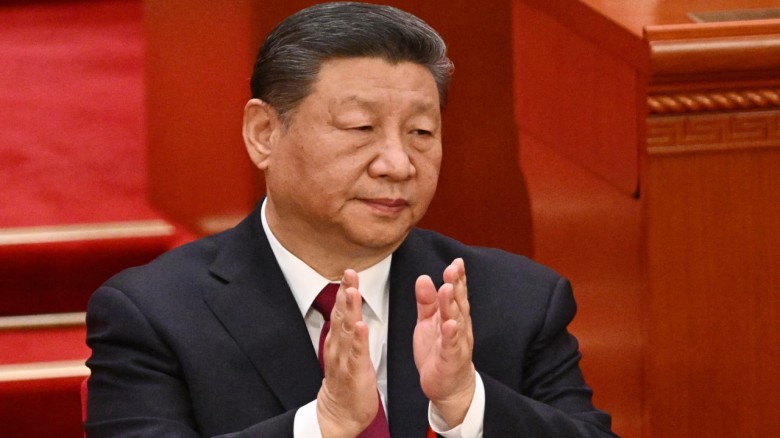
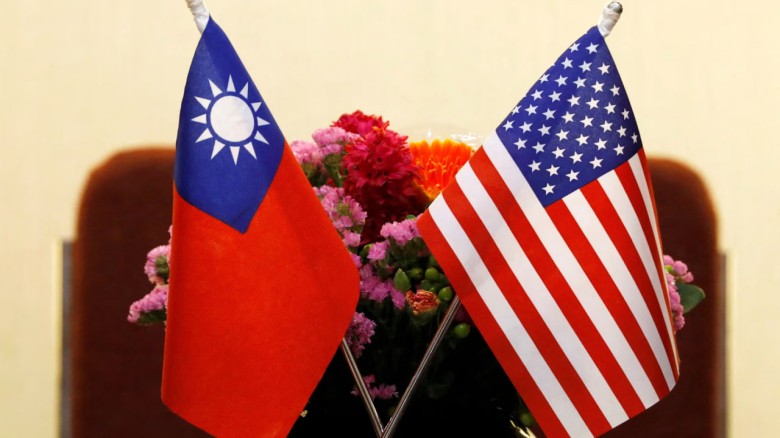






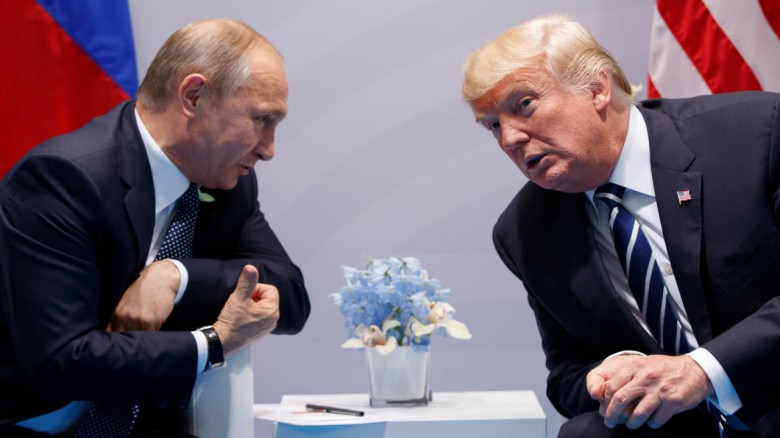




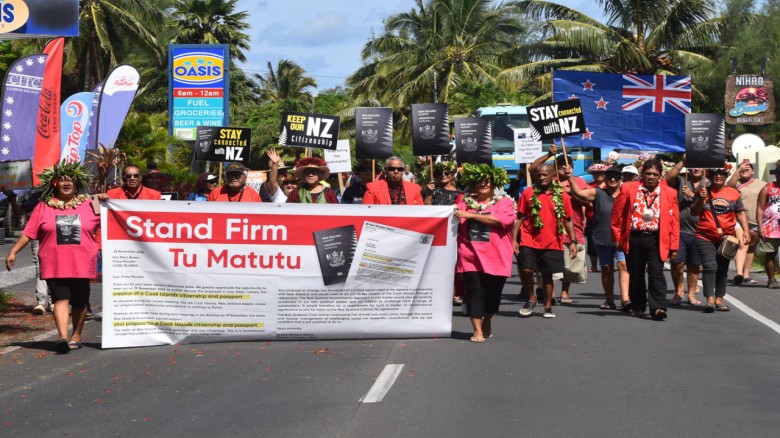






















Leave A Comment